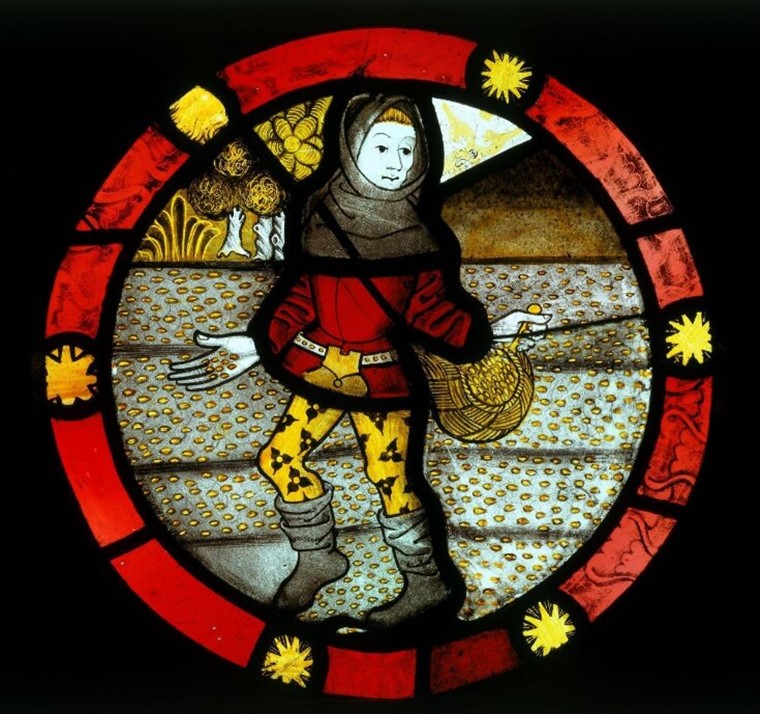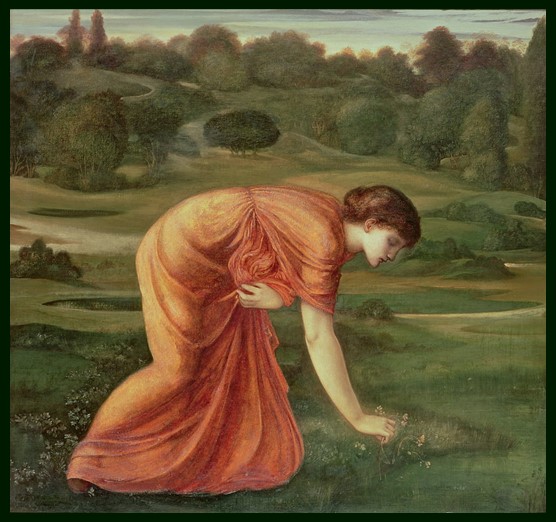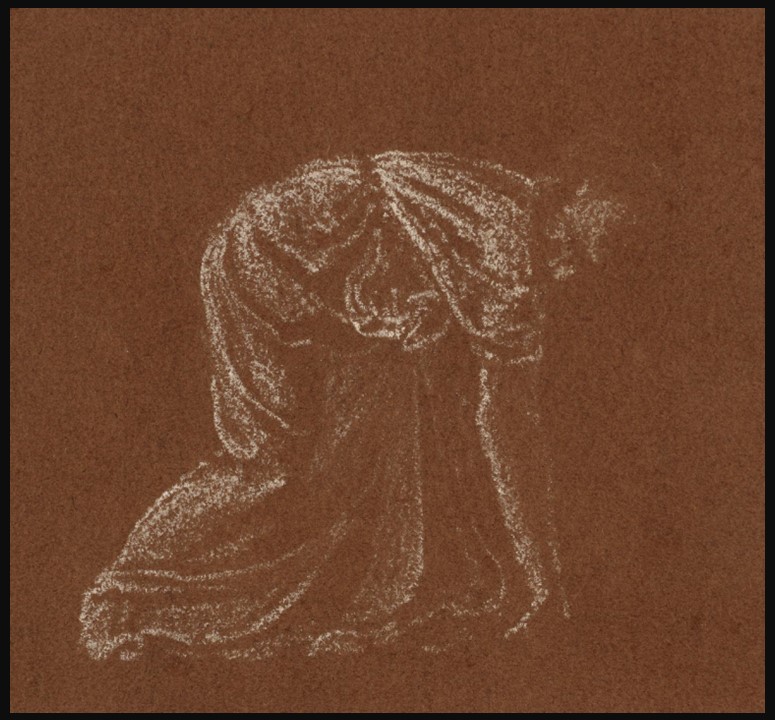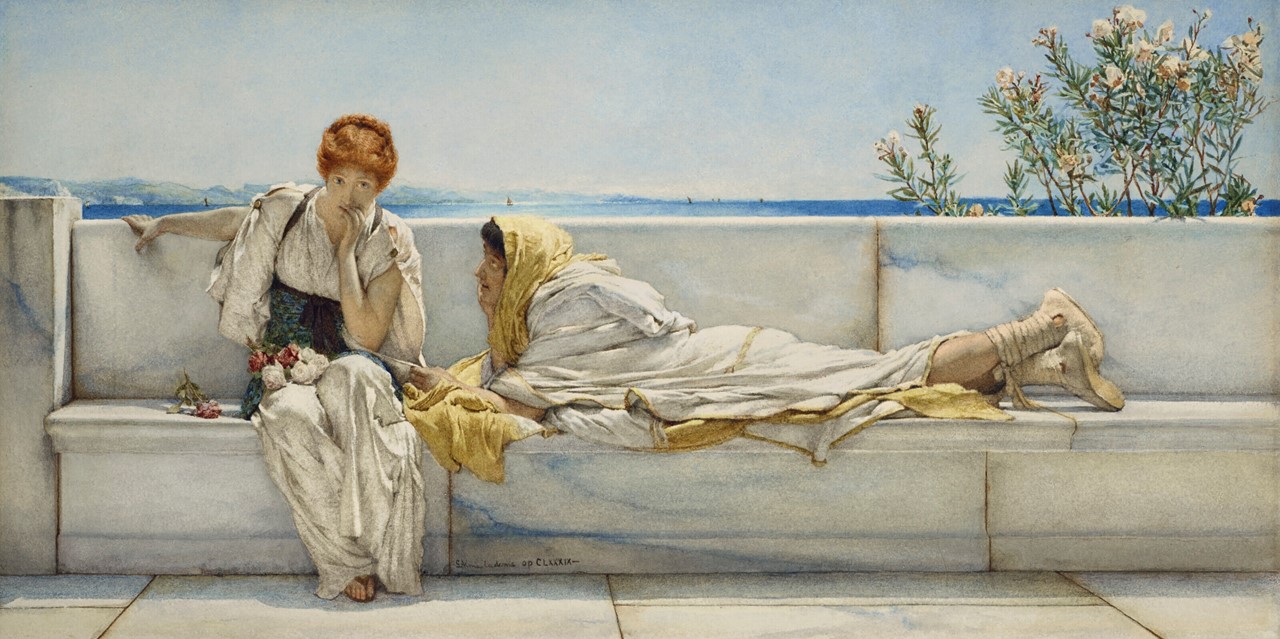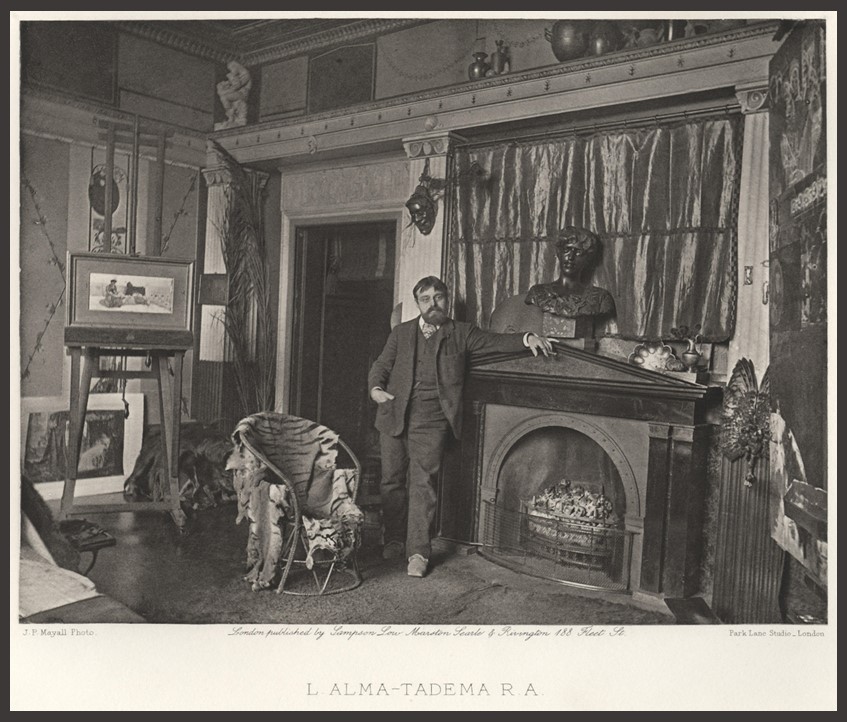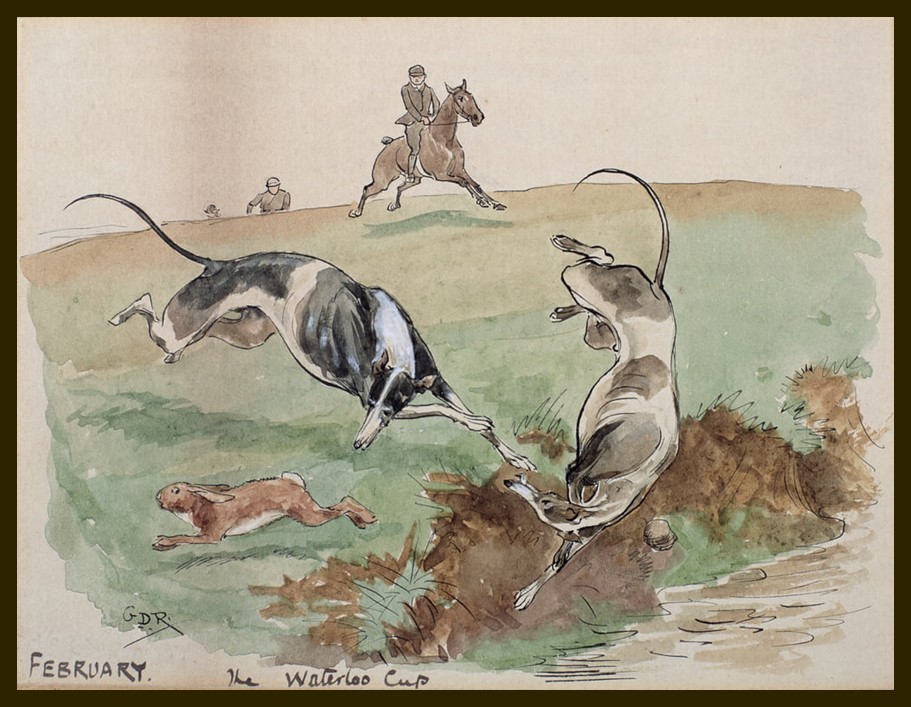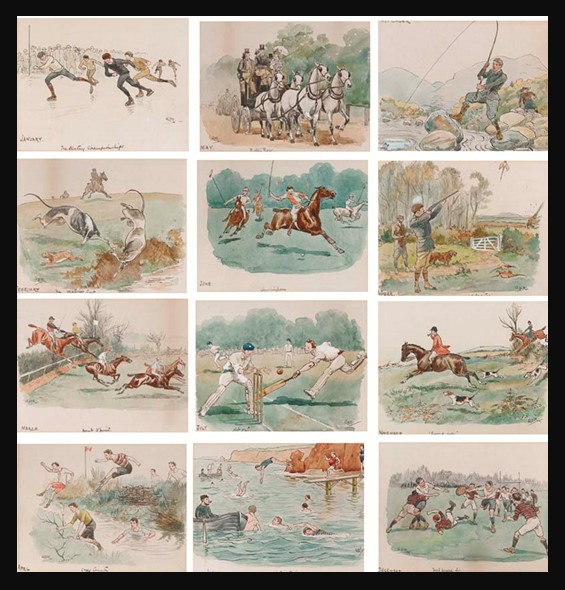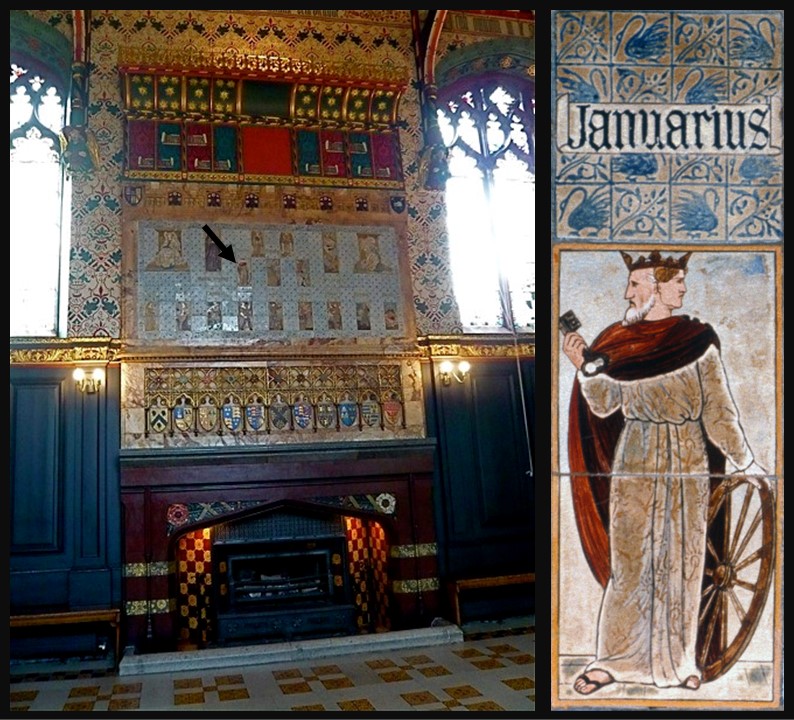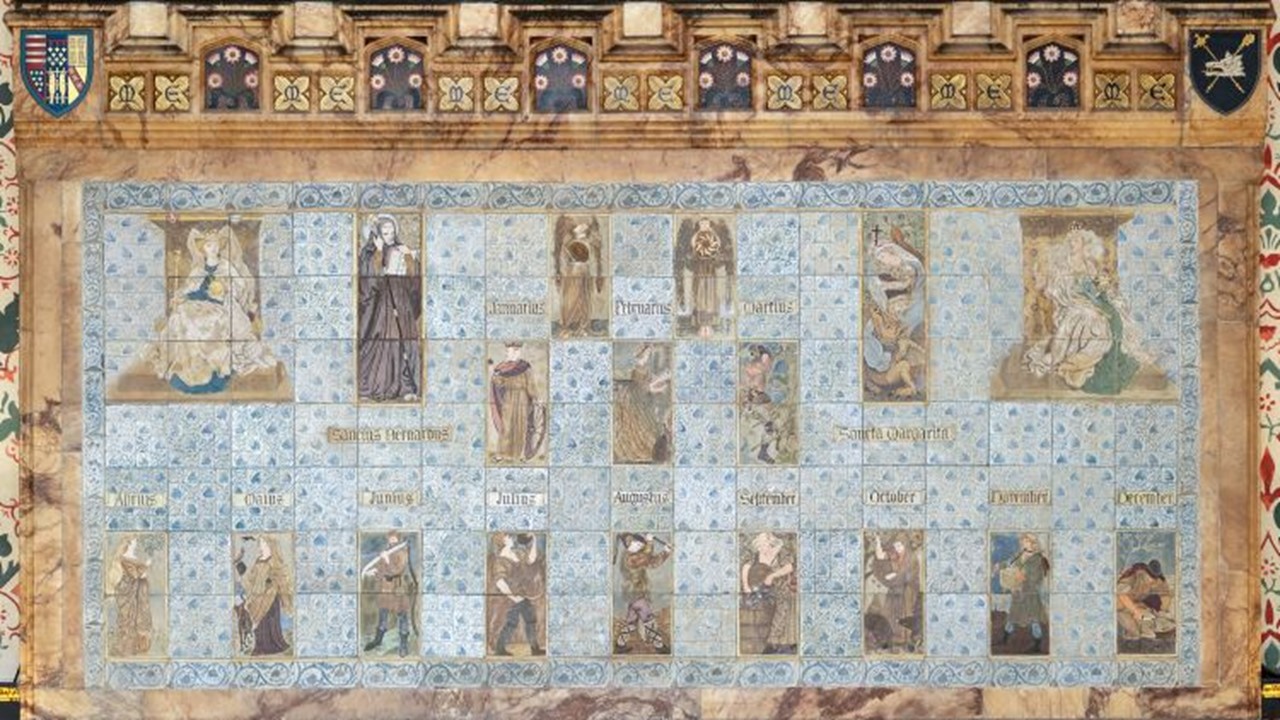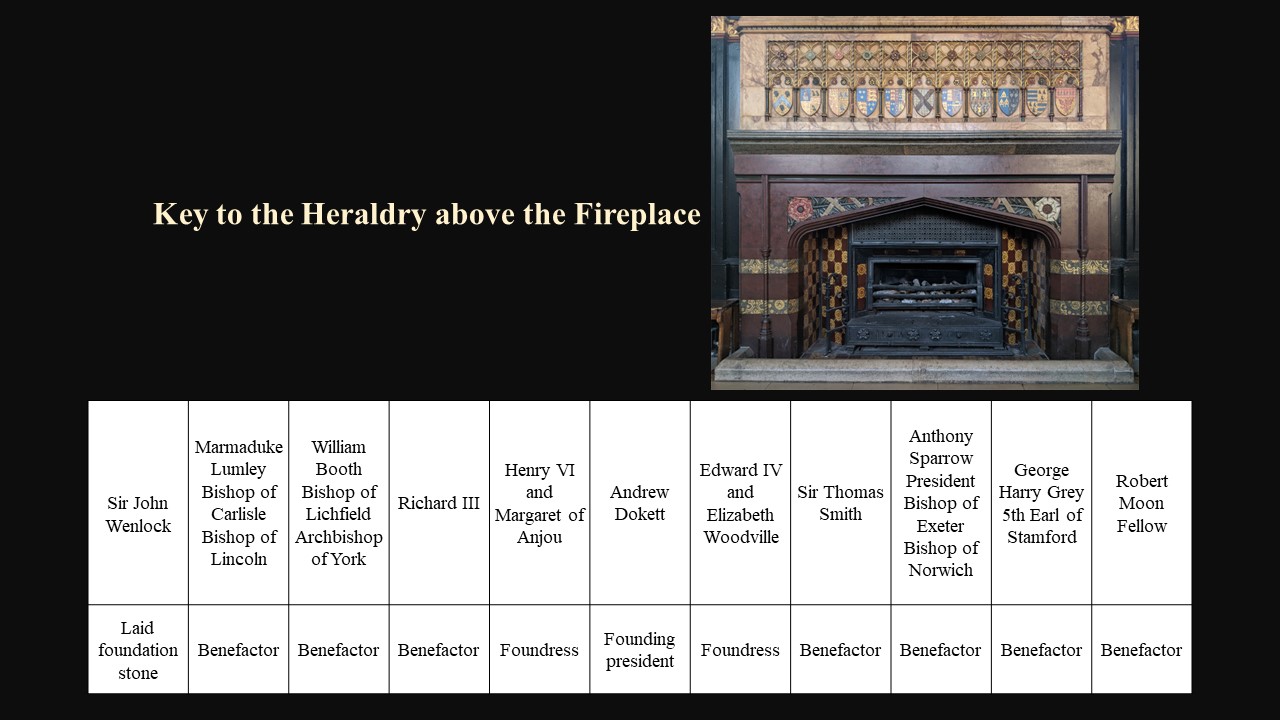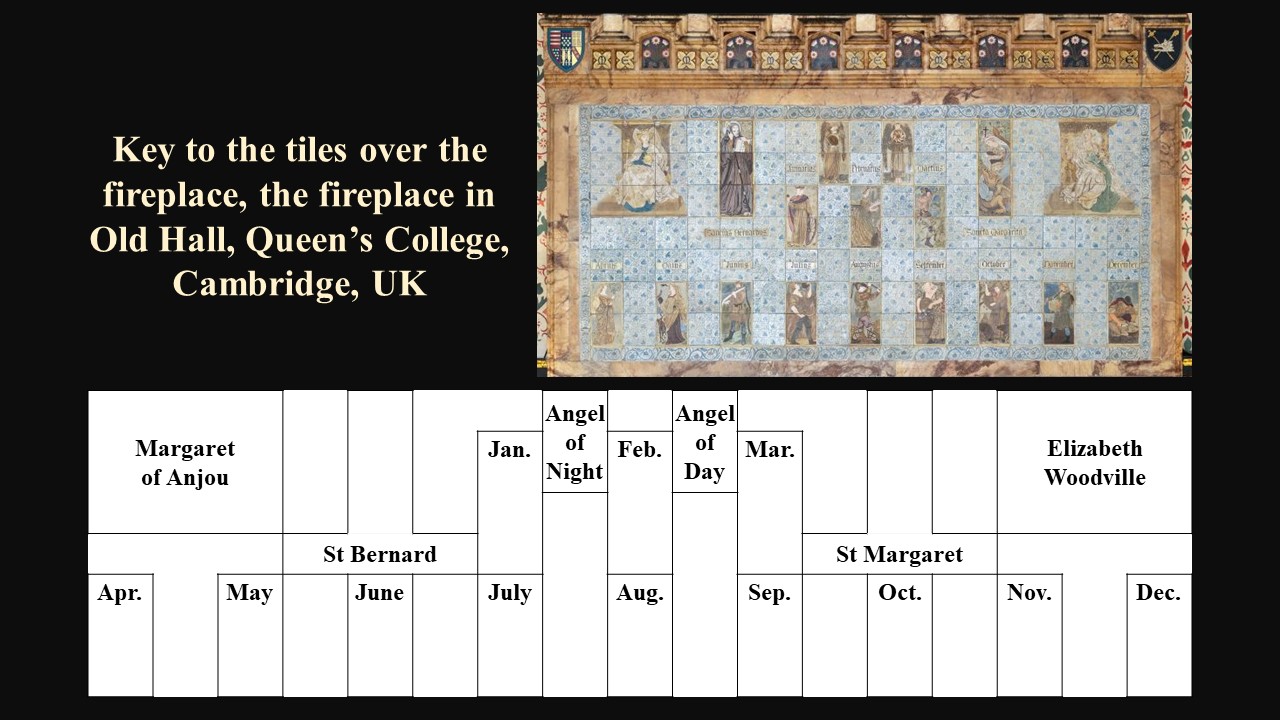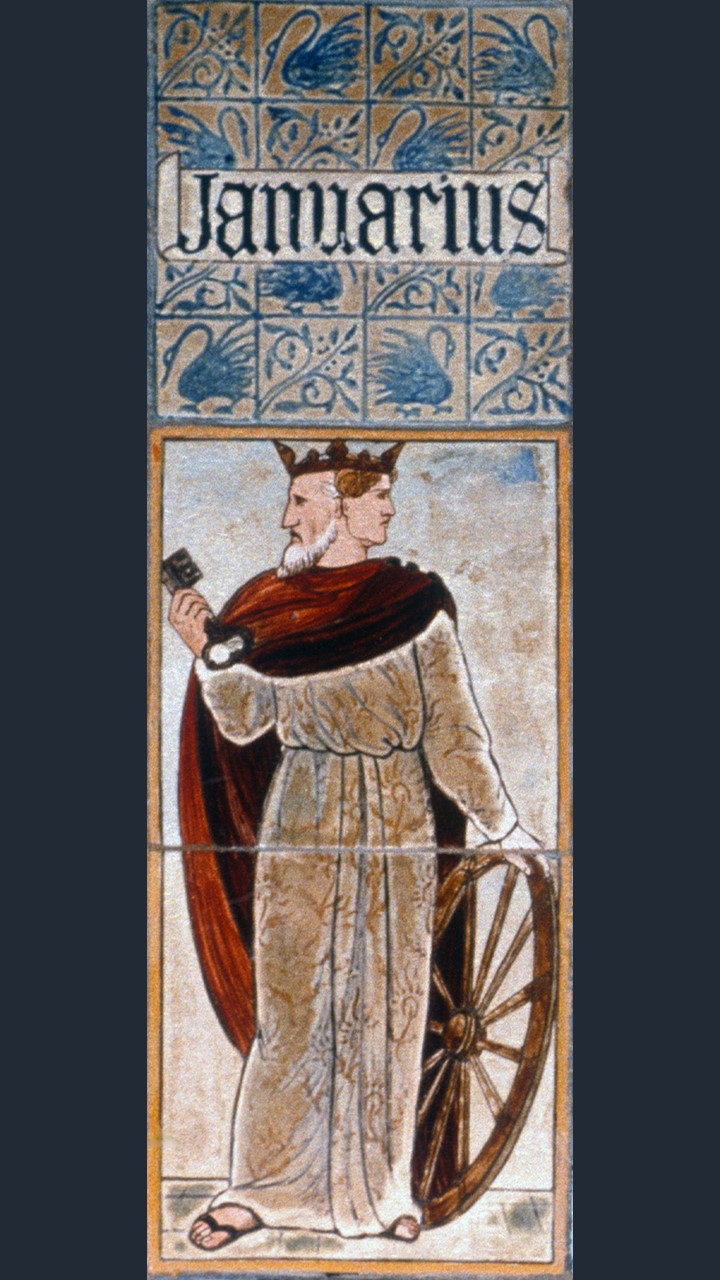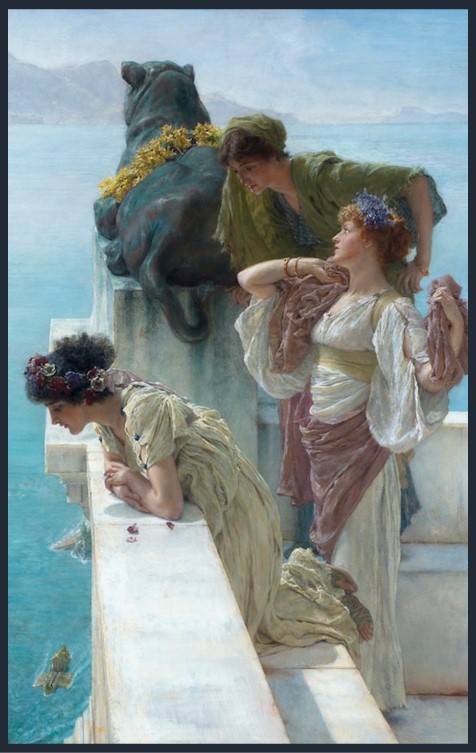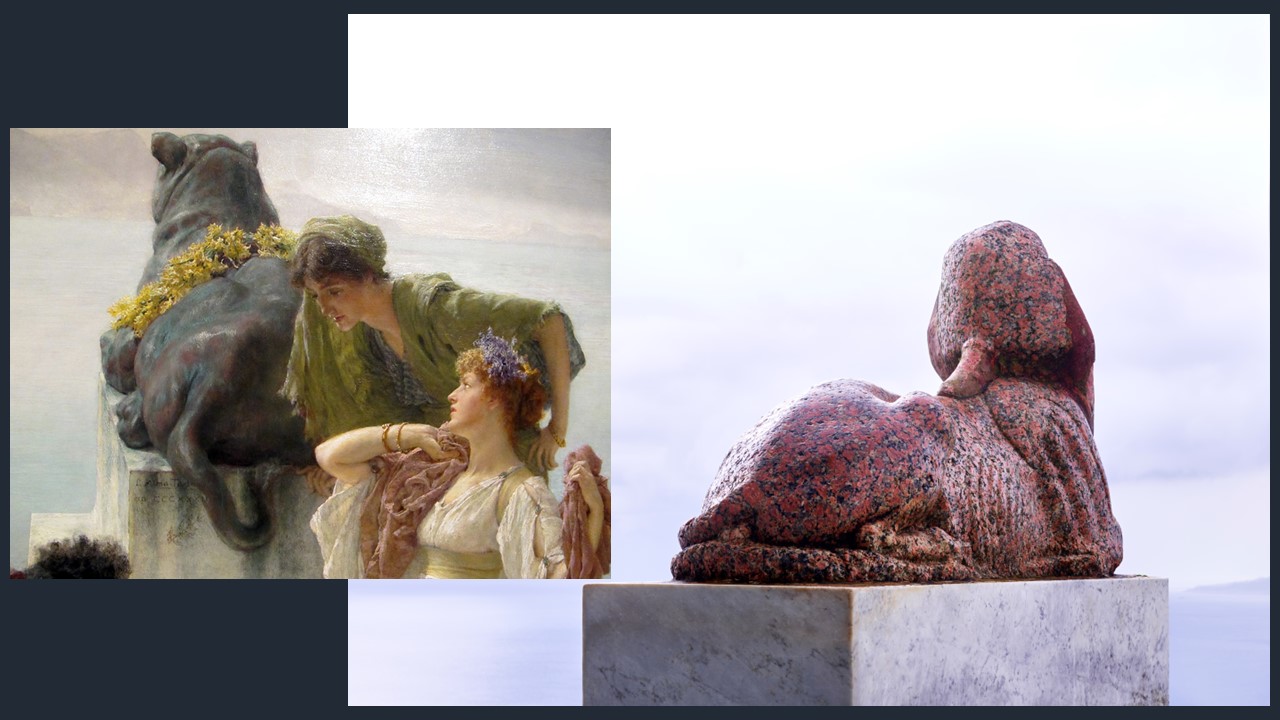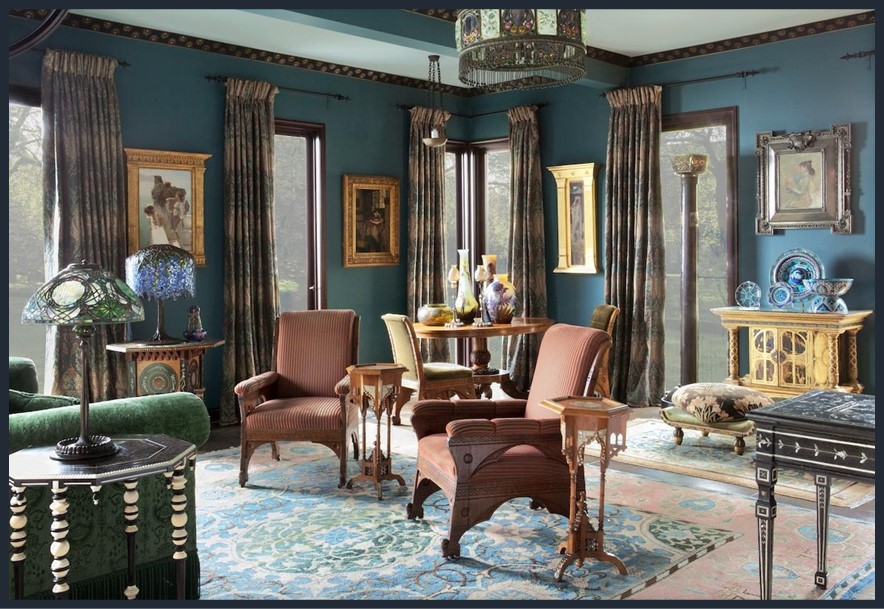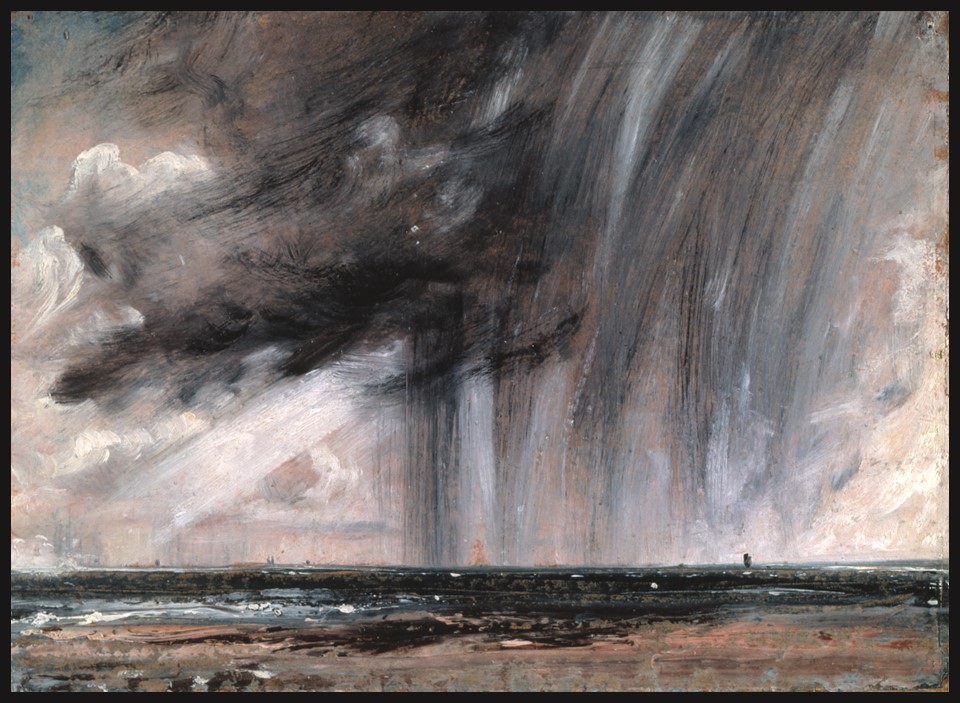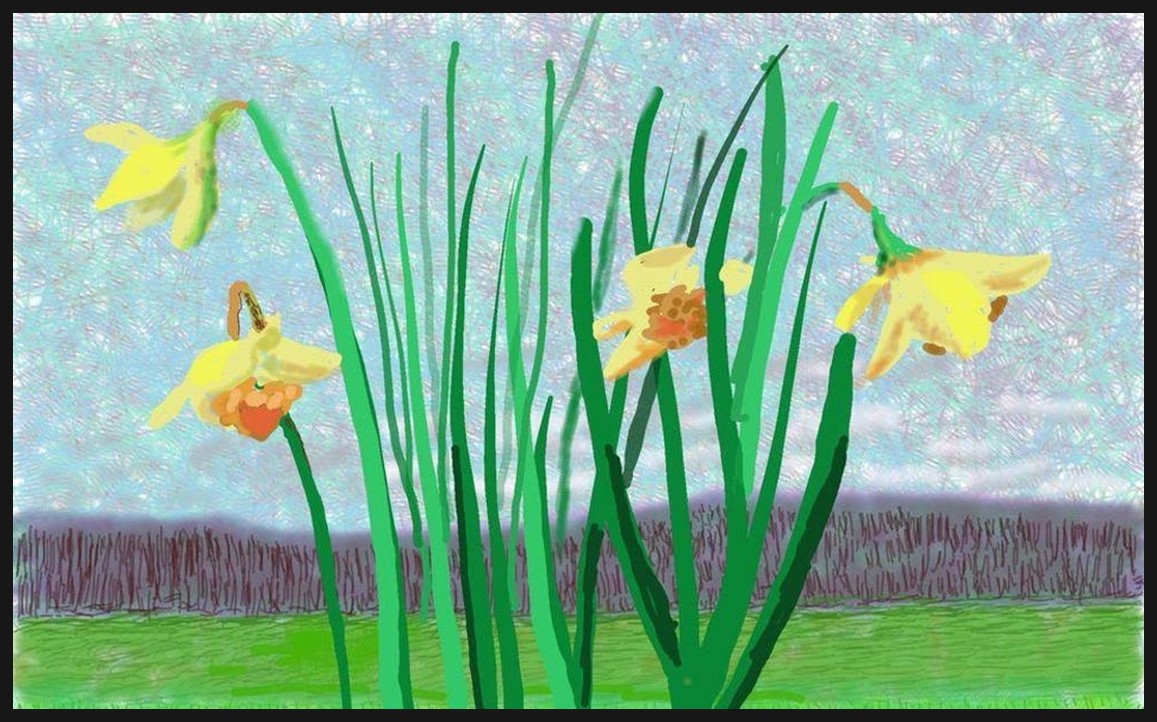
The Arrival of Spring, Normandy, 2020, Do Remember They Can’t Cancel the Spring, iPad painting © David Hockney https://www.standard.co.uk/culture/david-hockney-daffodils-spring-coronavirus-lockdown-a4394636.html
As we step into March, we celebrate its arrival with the radiant Daffodil, beautifully captured in David Hockney’s Daffodils, 2020, a standout piece from his series The Arrival of Spring, Normandy, 2020. This artwork embodies the vitality and optimism of spring, as the bright yellow blooms emerge as harbingers of renewal and resilience. Hockney immortalizes the Daffodils with bold colours and a dynamic composition, reflecting his belief in the enduring power of nature, encapsulated in his poignant phrase, ‘Do remember they can’t cancel the Spring.’Together, we’ll explore the ‘who,’ ‘when,’ ‘what,’ ‘why’ and ‘how’ of this artwork, uncovering how it bridges the natural world and artistic expression, inviting us to pause and embrace the beauty of March in full bloom.
David Hockney’s The Arrival of Spring, Normandy, 2020 is a vibrant celebration of renewal and the beauty of the changing seasons, created during the global lockdown. Comprising 116 iPad paintings, the series captures the artist’s observations of the Normandy countryside, where he sought refuge during the pandemic. Hockney masterfully uses his iPad as a digital canvas, bringing a fresh perspective to landscapes with bright colours, bold lines, and a sense of immediacy. Echoing his poignant phrase… Do remember they can’t cancel the Spring, the collection reflects his enduring fascination with nature and the passage of time, offering viewers a sense of hope, resilience, and the simple joys of observing the world around them.
Who is David Hockney? David Hockney is one of the most influential and celebrated British artists of the 20th and 21st centuries, renowned for his innovative approach to art and his exploration of colour, perspective, and technology. Born in Bradford, England, in 1937, Hockney gained international acclaim in the 1960s as a key figure in the Pop Art movement, with works that often reflected his fascination with everyday life, portraiture, and landscapes. Over his prolific career, he has continually reinvented his style and medium, from his iconic California pool paintings to groundbreaking digital works created on iPads. Hockney’s art is deeply personal, yet universal, capturing the joy and beauty of the world around him with a distinctive blend of boldness and warmth, making him a beloved figure in contemporary art.
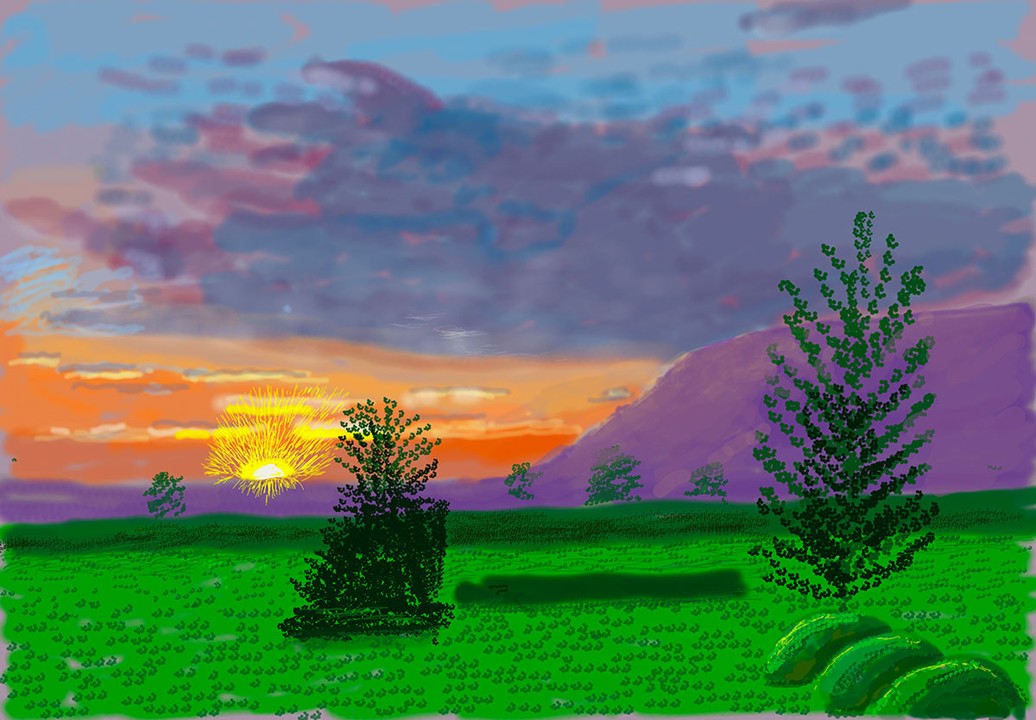
The Arrival of Spring, Normandy, 2020, No. 258, 27th April 2020, No. 1, David Hockney. © David Hockney https://www.dreamideamachine.com/?p=81176
When did David Hockney create The Arrival of Spring, Normandy, 2020 series, and what inspired him during that time? David Hockney created The Arrival of Spring, Normandy, 2020 during the early months of the COVID-19 pandemic in 2020 while living in isolation at his farmhouse in Normandy, France. Inspired by the changing seasons and the resilience of nature amidst global uncertainty, the series reflects his deep observation of the renewal and vitality of spring, serving as both a personal meditation and a universal message of hope. Through 116 iPad paintings, Hockney captured the essence of the Normandy countryside, celebrating the enduring beauty of nature during a time of profound disruption. The artist produced all the works in the series en plein air, much like the Impressionists, whose work influenced Hockney both generally and specifically for this series. For example, Monet’s Stacks of Wheat, and Hockney’s The Arrival of Spring explore the interplay of light and color at different times of day and throughout the progression of the season, bringing a dynamic and transformative perspective to his landscapes.
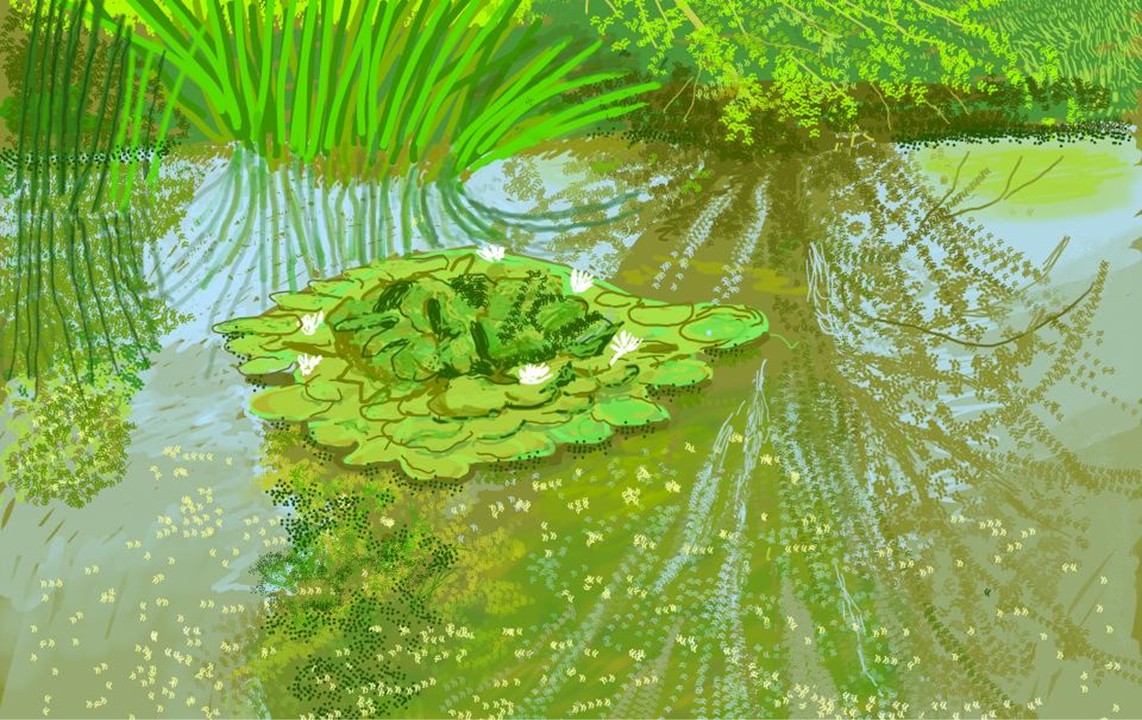
The Arrival of Spring, Normandy, 2020, No. 340, 21st May 2020, iPad painting © David Hockneyhttps://www.bozar.be/en/watch-read-listen/david-hockney-bozar
Why did Hockney turn to iPad painting for, instead of traditional mediums, and how was it received by audiences? David Hockney turned to iPad painting for The Arrival of Spring, Normandy, 2020 because it allowed him to work swiftly and spontaneously, capturing the fleeting beauty of nature with immediacy and precision. The portability and versatility of the medium enabled him to document the changing seasons in real-time, often completing a piece The Arrival of Spring, Normandy, 2020within hours. Hockney has long embraced new technologies in his art, viewing them as tools to expand creative possibilities. The use of iPad painting in this series was well-received by audiences, who appreciated its modernity and accessibility. Critics praised Hockney’s ability to translate traditional artistic techniques into a digital format while maintaining the vibrancy, detail, and emotional resonance that characterize his work, further solidifying his reputation as a forward-thinking artist.
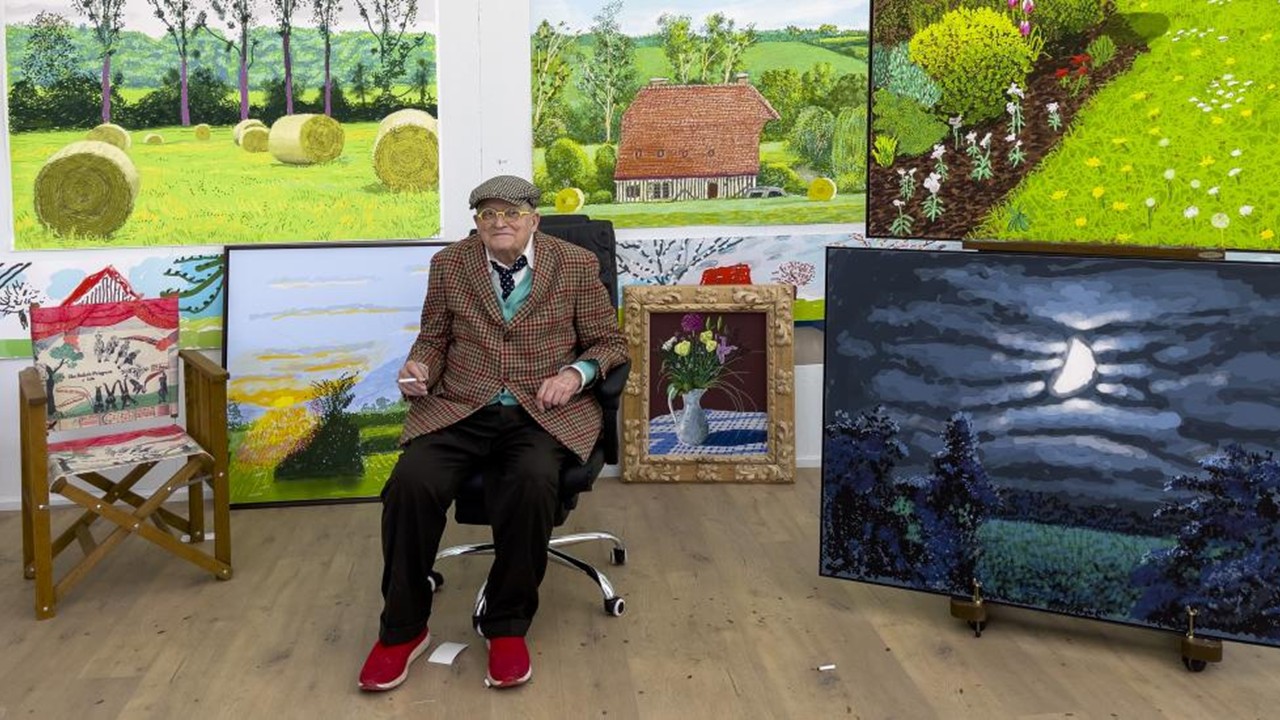
https://www.bozar.be/en/watch-read-listen/david-hockney-bozar
Why does Daffodils, 2020 stand out as a representation of March and how did Hockney incorporate Daffodils in his The Arrival of Spring, Normandy, 2020 series? Daffodils, 2020 stands out as a representation of March because they are often the first signs of spring. The Daffodil is a quintessential symbol of the season, celebrated for its vibrant yellow blooms that herald the end of winter and the renewal of life. In Hockney’s artwork, the Daffodils burst with energy and optimism, reflecting the vitality and hope associated with the transition into spring. Hockney’s use of bold colours and dynamic composition captures the essence of the flower’s cheerful and resilient nature, making it an ideal representation of March—a month characterized by growth, renewal, and the promise of brighter days ahead. Through this piece, Hockney invites viewers to pause and appreciate the simple, uplifting beauty of the natural world.
How is the Daffodil connected to the Greek myth of Narcissus? The Daffodil, botanically known as Narcissus, is intrinsically linked to the Greek myth of Narcissus, the son of the river god Cephissus and the nymph Liriope. According to legend, Narcissus was a youth of extraordinary beauty who became entranced by his own reflection in a pool of water, ultimately leading to his demise. In some versions of the myth, the gods transformed him into the Daffodil flower, which thereafter bore his name. This association imbues the Daffodil with themes of self-love and vanity, as well as the transient nature of beauty. The flower’s early spring bloom further symbolizes rebirth and new beginnings, adding layers of meaning that have been reflected in art and literature throughout history.
For Student Activities inspired by David Hockney’s Daffodils, please… Check HERE!
Bibliography: https://www.artic.edu/articles/1010/10-things-to-know-about-david-hockney-s-the-arrival-of-spring-normandy-2020 and
